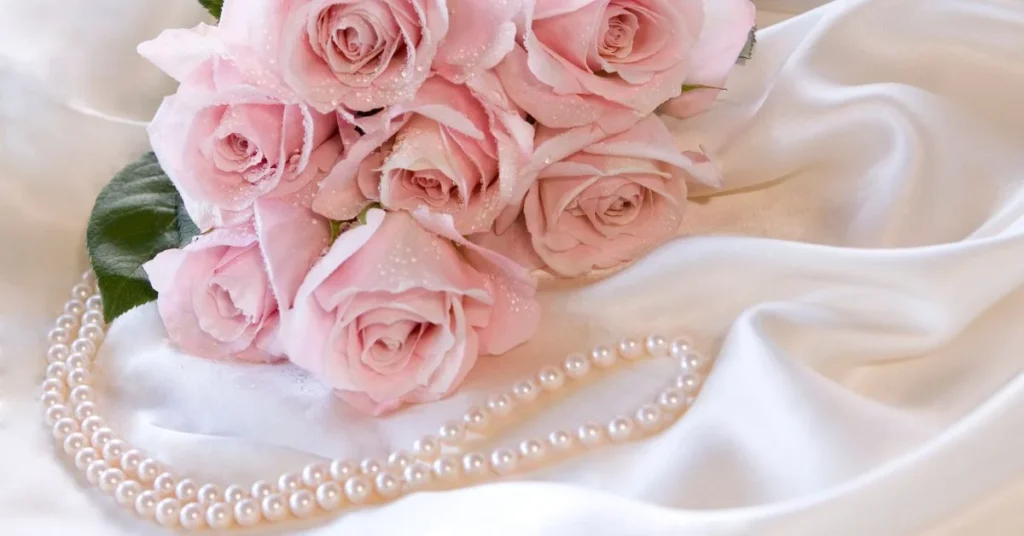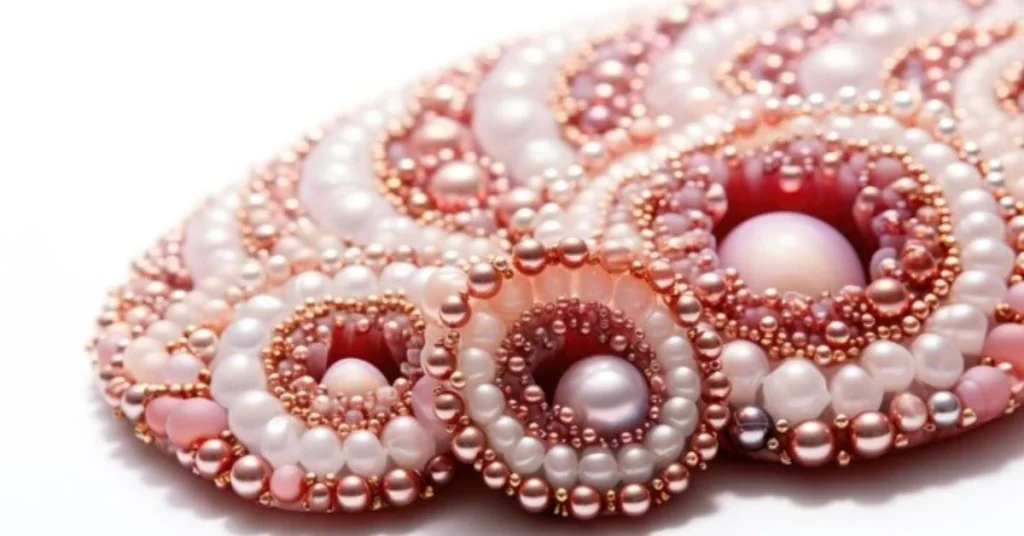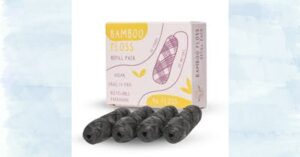Pink pearls have long been cherished for their soft, romantic hue and timeless elegance. These natural gems exude sophistication and charm, making them a favorite among collectors, jewelry enthusiasts, and fashion-conscious individuals. Whether set in vintage heirloom pieces or modern minimalist designs, pink pearls remain a classic choice that never goes out of style. In this article, we’ll explore their origins, significance, varieties, and how to care for them to maintain their beauty for generations.
The Origins of Pink Pearls
Pink pearls originate from freshwater and saltwater mollusks, particularly the Pinctada maxima and Hyriopsis cumingii species. While most pearls develop in white, cream, or gold shades, pink pearls form under specific environmental conditions and genetic factors within the mollusk. Natural pink pearls are rare and highly sought after, while cultured pink pearls have gained popularity due to their accessibility and affordability.

Where Do Pink Pearls Come From?
Pink pearls are primarily sourced from:
- Freshwater Pearls – Commonly found in rivers and lakes, mainly in China and the United States.
- Akoya Pearls – Although predominantly white, some Akoya pearls develop subtle pink overtones.
- Conch Pearls – Extremely rare and valuable, these non-nacreous pearls are harvested from the Queen Conch mollusk.
- South Sea Pearls – Some varieties develop a delicate blush hue, making them highly desirable.
Pink Pearls: A Timeless Classic – Quick Guide
| Aspect | Details |
|---|---|
| Origin | Found in freshwater and saltwater mollusks, mainly sourced from China, the U.S., Japan, and the Caribbean. |
| Types | Freshwater Pearls, Akoya Pearls, Conch Pearls, South Sea Pearls. |
| Symbolism | Represents love, grace, femininity, and wisdom. |
| Shades | Soft Blush Pink, Rosé Overtone, Peach-Toned Pink, Deep Rose Pink. |
| Choosing Factors | Luster, Surface Quality, Shape, Color Consistency, Size. |
| Care Tips | Avoid chemicals, store properly, wear regularly, clean gently. |
| Value | Natural pink pearls are rare and valuable; cultured pearls are more affordable. |
| Real vs Fake | Real pearls have a slightly gritty texture when rubbed against the teeth. |
Why Are Pink- Pearls Considered Classic?
Pink- pearls have stood the test of time due to their unique combination of elegance and versatility. Here’s why they continue to captivate jewelry lovers:
1. Symbolism and Meaning
Pink pearls symbolize love, grace, and femininity. They have been associated with romance, making them a popular choice for bridal jewelry and anniversary gifts. In many cultures, pink- pearls represent inner peace and wisdom, adding to their timeless appeal.
2. Versatility in Jewelry
From delicate stud earrings to elaborate pearl necklaces, pink- pearls complement a variety of styles and occasions. Their soft glow enhances both casual and formal outfits, making them a must-have accessory for any wardrobe.
3. Enduring Popularity
Many historical figures, celebrities, and royals have adorned themselves with pink- pearls. Fashion icons like Audrey Hepburn and Jackie Kennedy often showcased pearl jewelry, cementing its status as a symbol of refined elegance.
Different Shades and Varieties of Pink- Pearls
Pink-pearls come in a spectrum of shades, each with its unique charm. The most common variations include:
- Soft Blush Pink – Light pastel hues that exude femininity and grace.
- Rosé Overtone – A subtle warm undertone, often seen in Akoya pearls.
- Peach-Toned Pink – Found in freshwater pearls, offering a vibrant alternative.
- Deep Rose Pink – Rare and bold, these pearls make a statement in any jewelry piece.
How to Choose the Best Pink- Pearls
Selecting high-quality pink pearls involves evaluating several key factors:
- Luster – High-quality pearls should have a brilliant, mirror-like shine.
- Surface Quality – Look for pearls with minimal blemishes or imperfections.
- Shape – While round pearls are the most valuable, baroque and oval shapes can add character.
- Color Consistency – Choose pearls with a uniform pink hue and overtones.
- Size – Larger pearls are rarer and more valuable, but smaller pearls are equally elegant.
Caring for Pink- Pearls
To maintain their luster and longevity, pink- pearls require proper care:
- Avoid Chemicals – Keep pearls away from perfumes, hairsprays, and cleaning agents.
- Store Properly – Place them in a soft pouch or a separate jewelry box compartment.
- Wear Regularly – Pearls benefit from the natural oils of your skin, keeping them hydrated.
- Clean Gently – Wipe them with a soft, damp cloth after each wear to remove residues.

Conclusion
Pink pearls embody classic beauty, grace, and timeless appeal. Whether inherited as an heirloom or purchased as a new addition to a jewelry collection, they remain a symbol of sophistication and femininity. With proper care and appreciation for their uniqueness, pink- pearls will continue to shine for generations to come.
FAQs
1. Are pink- pearls naturally occurring?
Yes, but they are rare. Most pink-pearls on the market are cultured to enhance their availability.
2. Are pink pearls more valuable than white pearls?
Their value depends on factors like rarity, luster, and demand. Some natural pink- pearls, such as conch pearls, are exceptionally valuable.
3. Can pink pearls be worn daily?
Yes! Pink- pearls are durable but should be handled with care to avoid damage.
4. How do I tell if a pink pearl is real?
A real pearl will have a slightly gritty texture when rubbed against the teeth, unlike imitation pearls, which feel smooth.









